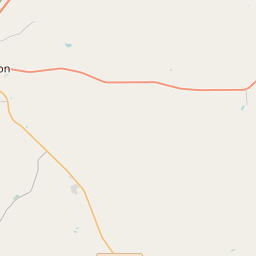Site of the Home of Oliver Loving in 1855
Historical marker location:






Site of the Home in 1855 of Oliver Loving (1813 - - 1867) First trail driver of Texas cattle - Loving Valley and a county in Texas bear his name - Erected by the State of Texas - 1936
As one of the most visible programs of the Texas Historical Commission (THC), historical markers commemorate diverse topics in Texas history, including: the history and architecture of houses, commercial and public buildings, religious congregations, and military sites; events that changed the course of local and state history; and individuals who have made lasting contributions to the state, community organizations, and businesses.
More history nearby
The first domed stadium in the world, the Astrodome, was built in Houston in 1965 and hosted numerous sporting events and concerts over the years.
The county's name, Palo Pinto, translates to "painted stick" in Spanish, referencing the colorful stripes found on the trees by early Spanish explorers. The first European settlers arrived in the area in the 1850s, primarily from the Southern United States, bringing with them cattle ranching and farming traditions that would shape the county's economy.
During the Civil War, Palo Pinto County was divided, with many residents joining the Confederate cause while others remained loyal to the Union. The war brought violence and conflicts to the area, and several battles and skirmishes took place within the county's borders.
After the war, Palo Pinto County experienced a period of growth and development. Railroads were constructed, connecting the county to larger markets for its agricultural products, and industries such as coal mining and oil drilling began to thrive. Today, Palo Pinto County continues to be primarily rural and agriculturally focused, with a mix of small towns and ranches nestled within its picturesque landscapes.
Palo Pinto County Timeline
This timeline provides a concise overview of the key events in the history of Palo Pinto County, Texas.
- Palo Pinto County was created in 1856 from Bosque and Navarro counties.
- In the 1860s, the county saw growth due to the cattle industry and the establishment of small communities.
- The county was affected by the American Civil War from 1861 to 1865.
- In 1872, the county seat was moved from Golconda to Palo Pinto.
- In the late 1800s, the county experienced economic growth due to the oil boom.
- In 1920, the construction of Possum Kingdom Dam began, leading to the formation of Possum Kingdom Lake.
- Throughout the 20th century, the county continued to grow and develop, with an emphasis on agriculture, ranching, and oil production.
- Today, Palo Pinto County remains a vibrant community with a rich history and diverse economy.